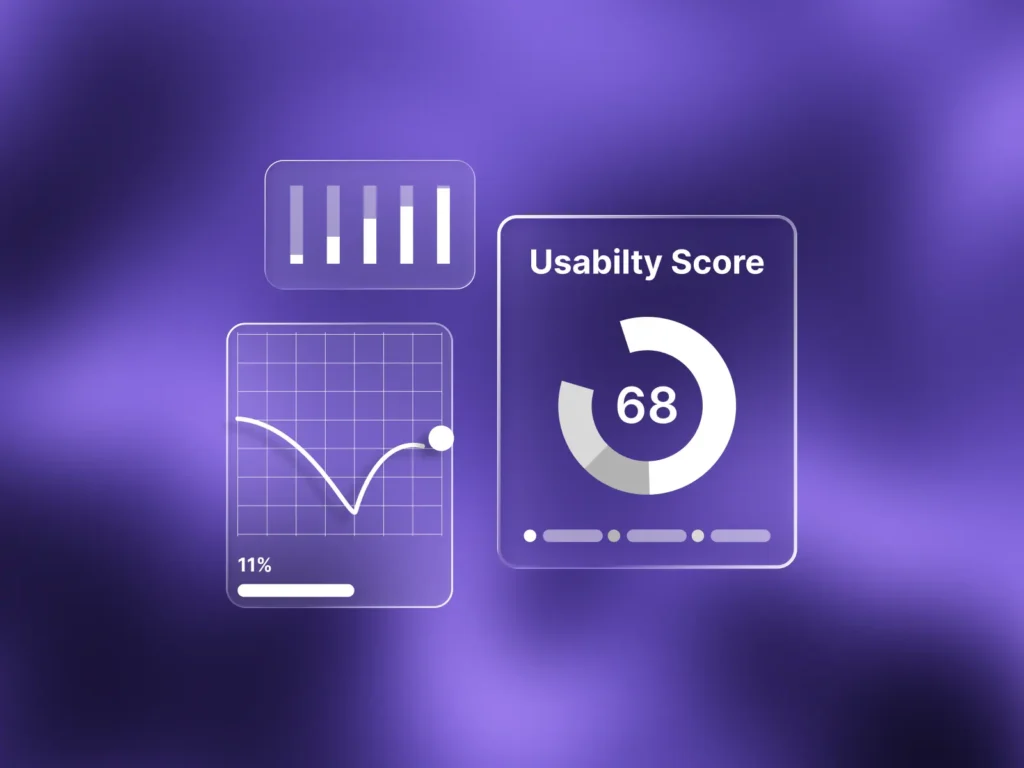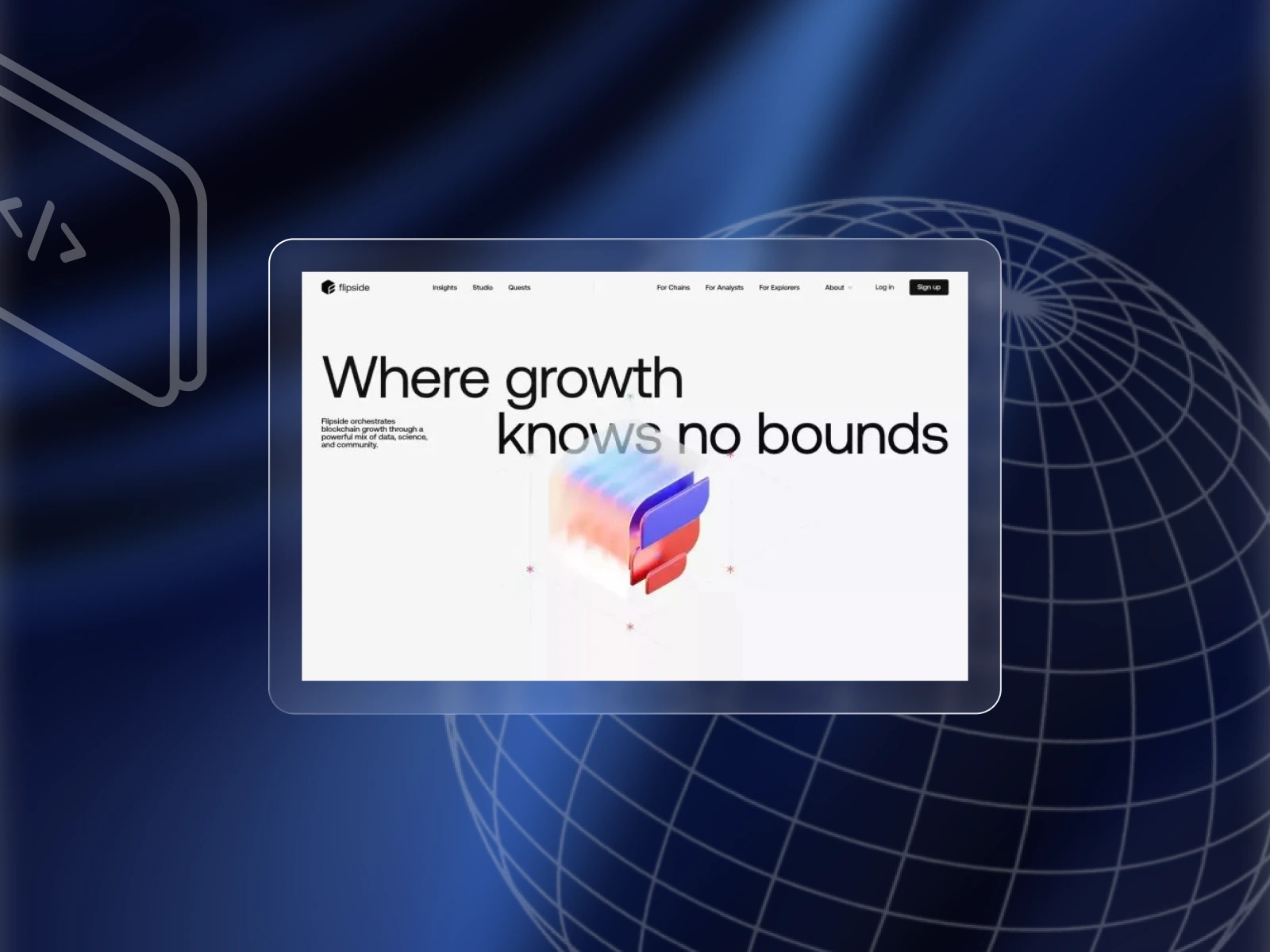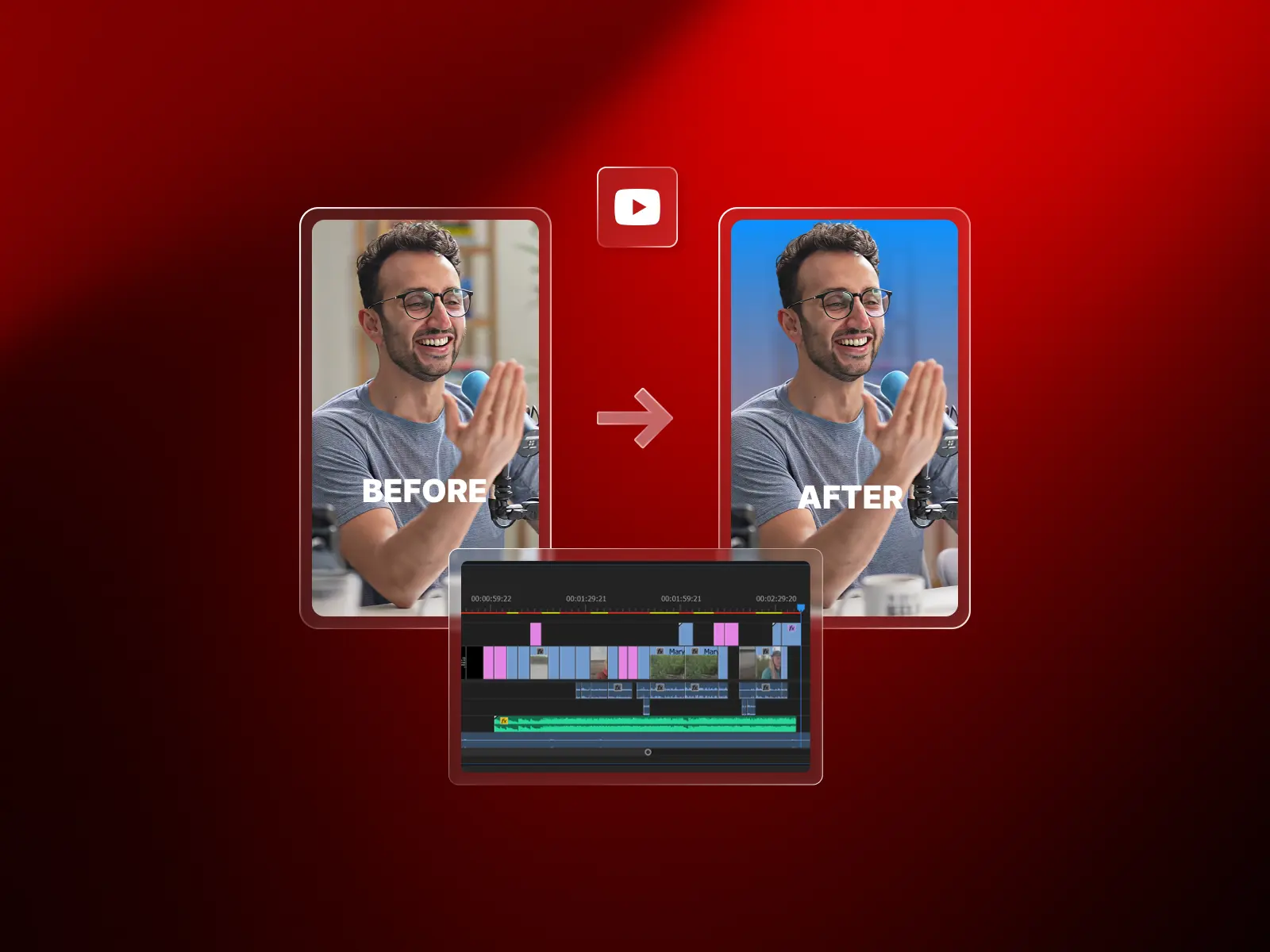For Series A startups, user experience isn’t a nice-to-have—it’s a make-or-break factor. A clean, intuitive interface can be the difference between rapid adoption or skeptical drop-off. Investing in UX early not only improves usability but also accelerates growth, improves conversions, and builds brand trust.
In this post, we’ll dive into actionable UX design principles tailored for early-stage companies. You’ll gain proven best practices, channel-savvy tips, and a real-world case study showing dramatic ROI from a UX overhaul. Whether you’re planning your next product sprint or prepping for investor demos, understanding UX is key to scaling effectively.
Start with User-Centered Research
Great UX begins with understanding real users—not assumptions.
- Stakeholder interviews: Understand business goals and customer profiles
- User interviews & surveys: Capture pain points, motivations, and expectations
- Behavioral data: Analyze heatmaps, session recordings, and analytics
- Personas & user journeys: Clarify how prospects move through your product
This upfront investment helps you build features that truly solve problems—not just add complexity.
Prioritize Clarity Over Creativity
A stunning UI won’t matter if users can’t figure out what to do next.
- Keep the layout simple, with clear top-level navigation
- Use contrasting CTA buttons (color, size, placement)
- Label buttons and forms clearly—no jargon or ambiguity
- Limit choices per screen to 3–5 items to reduce cognitive load
Best Practice: A single, primary “Sign Up” or “Get Started” button is better than competing CTAs.
Streamline Onboarding & Flow
Your onboarding sequence sets the tone:
- Remove unnecessary form fields
- Offer social login options for faster account creation
- Use progress indicators for multi-step processes
- Guide users with tooltips or short walkthroughs (spotlight key features)
This creates a friction-free first experience and increases early user retention.
Design Intuitive Navigation & IA
Clear structure helps users quickly find what they need:
- Keep navigation labels descriptive
- Stick to a flat hierarchy (2–3 levels max)
- Include breadcrumbs for deep levels
- Add a search bar for content-heavy sites
Good IA reduces frustration and supports deeper exploration of your product.
Optimize for Mobile Responsiveness
With mobile now dominant, your UX must shine on smaller screens:
- Use responsive design frameworks (Bootstrap, Tailwind, etc.)
- Check layouts on real mobile devices
- Touch-friendly buttons (≥44px) and readable fonts (16px minimum)
- Test vertical scrolling and swipe gestures
Mobile-first design helps ensure strong usability across the board.
Use Visual Hierarchy & Design Patterns
Guide users visually:
- Headlines, subheads, and bolded copy divide content logically
- White space helps highlight key elements
- Visual hierarchy builds flow and supports scanning
- Reuse common UI patterns to reduce confusion
Using consistent patterns improves usability and reduces user friction.
Empower Users with Feedback & Error Handling
Feedback helps users stay in control:
- Provide real-time field validation (e.g., left checks, errors)
- Show loading states for waiting or processing actions
- Use clear, plain-language error messages
- Make messages actionable, e.g., “Password must be 8 characters”
This builds confidence, trust, and helps users correct mistakes immediately.
Measure Results & Iterate
UX isn’t static. Use data to make continuous improvements:
- Track conversion rate per flow step
- Monitor drop-off and bounce rates
- Set up usability tests with real users (monthly or quarterly)
- A/B test micro-changes (CTA color, labels, layout tweaks)
Small, proven A/B improvements (like +10% button color impact) add up fast.
🛠️ Case Study: Virgin America’s UX Overhaul
In 2014, Virgin America launched a responsive site redesign and saw remarkable outcomes:
- +14% increase in conversions
- 20% fewer support calls
- Booking time cut in half across devices
They replaced their static, desktop-centric site with a mobile-friendly interface focused on clarity, speed, and consistent branding. This drove measurable improvements—not only in conversions, but in support efficiency and user retention. It’s proof that investing in UX isn’t theoretical—it delivers real impact.
Calculate the Impact: What Good UX is Worth
A well-designed interface isn’t just prettier—it’s profitable.
According to Forrester, every $1 invested in UX returns $100 in increased revenue . Other studies show startups prioritizing UX see 85%+ ROI .
Key ROI indicators include:
- Higher conversion rates and lower drop-offs
- Reduced support tickets and onboarding time
- Increased retention and LTV
- Faster time-to-market and lower development friction
Together these translate into recurring revenue and leaner operations.
DIY vs. Hiring a UX Partner
Small teams may start with in-house design, but partners add strategic value:
- Offer proven UX frameworks and best practices
- Conduct unbiased usability testing
- Provide continuing iteration, not just “one-and-done” design
- Free your team to focus on business strategy and growth
Frontiqo Digital’s UX Design services offer monthly retainer models, giving you skill without the overhead.
Final Thoughts
UX design is more than aesthetics—it commands how customers perceive and use your product. For startups, solid UX drives faster adoption, stronger retention, and lower support costs—all critical for scaling.
Use the principles here to audit your site or app—and partner with experts to supercharge results sooner.
📞 Want to turn UX into your growth engine?
Schedule a Free Consultation




